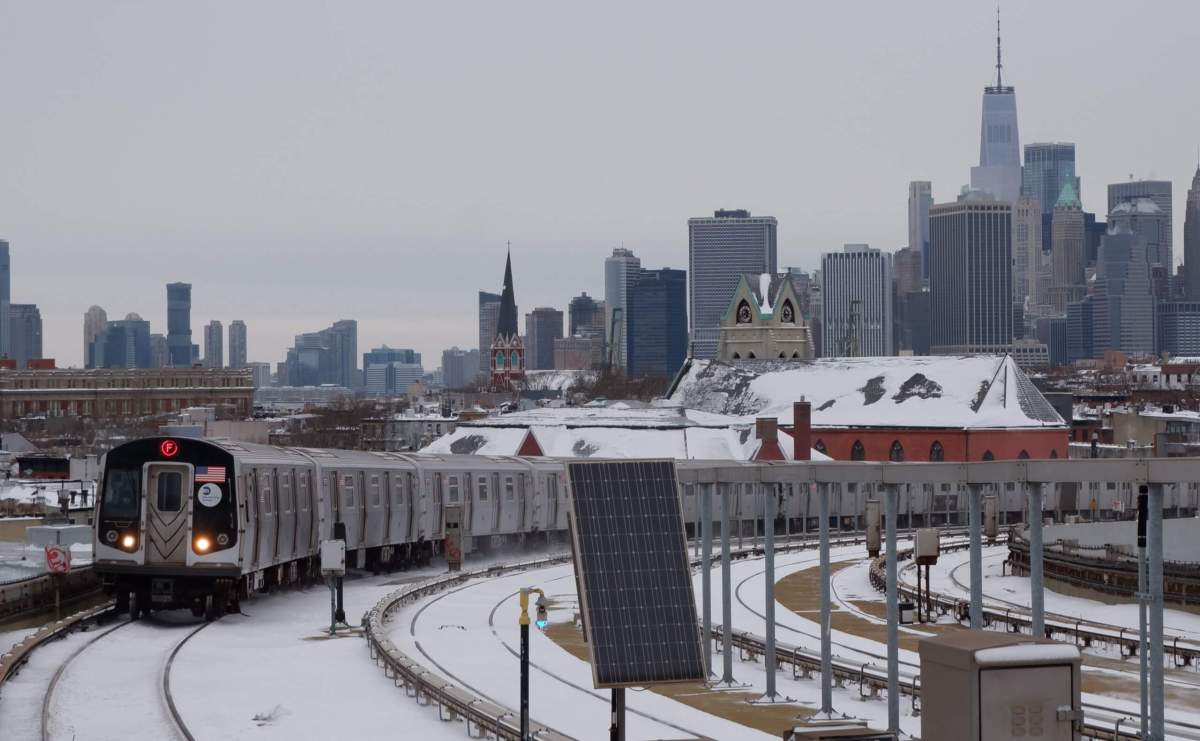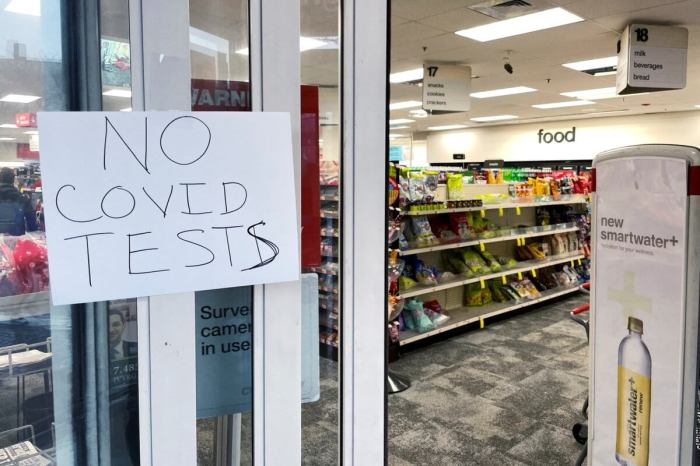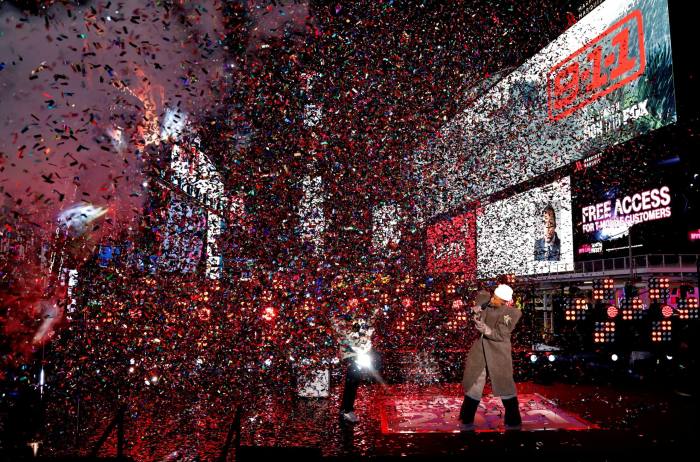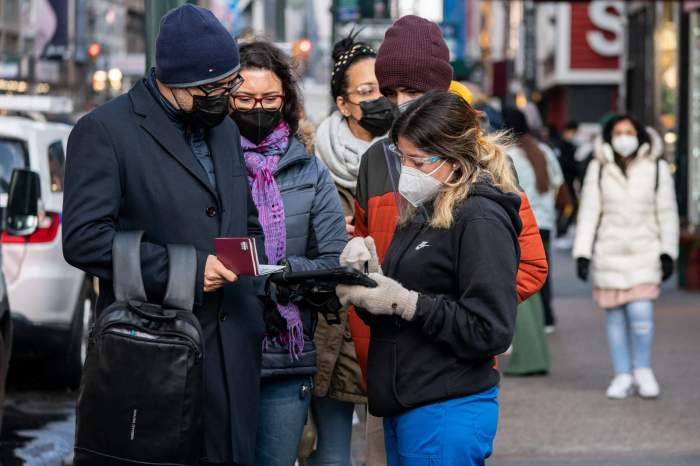More than 3 million people rode the New York City subway each day for three consecutive days last week, the first time the MTA recorded such high numbers since the outbreak of the Omicron variant of COVID-19 in December.
Tuesday, Wednesday, and Thursday of last week all logged north of 3 million straphangers, a milestone not seen since Dec. 17, and rides were back to 55% of pre-pandemic levels as of Feb. 10, according to the latest MTA counts.
“Strong public transit ridership is yet another sign that New York’s comeback is only growing stronger,” said Governor Kathy Hochul in a statement Saturday. “Strong and dynamic transportation infrastructure is key to our recovery, and we are working hard to maintain our progress in returning to pre-pandemic levels.”
Passenger counts started declining in the weeks after the first case of the Omicron variant was detected in New York State on Dec. 2, falling to just over 2 million and about 40% of pre-pandemic ridership during the usually-busy holiday season and into the first weeks of the new year.
That’s down from rates climbing to highs of 74.3% compared to 2019 figures on Nov. 21 and the record ridership number of 3.44 million on Dec. 9.
Pre-pandemic subway ridership was around 5.5 million a day, but the COVID-19 outbreak led to drops of more than 90% in the spring of 2020, from which the MTA has been trying to recover with some setbacks brought on by Omicron and the Delta variant during the previous winter.
The lowest rate during the Omicron wave was recorded on Jan. 29 when less than 35% of 2019 riders took the trains, or 1,000,199 people, however, that was also the day of a major winter storm.
The absolute number dipped below 1 million riders for the first time in months on Christmas Day to 811,945.
Buses have also rebounded to higher ridership in the last three days recorded by the agency, with figures remaining around 1.3 million a day and rates at 60% compared to 2019.
Pre-pandemic bus ridership on an average weekday was about 1.77 million in 2019, after declining for years from 2.12 million in 2014.
During the surge in infections over the past weeks and months, buses carried fewer than 500,000 people during some days in January and had lows of around 48% compared to pre-COVID levels.
Meanwhile, car traffic has remained high throughout the Omicron wave, continuing a trend of higher vehicle counts compared to mass transit in New York City since offices started welcoming back workers last year.
Car traffic rates compared to pre-pandemic quickly rebounded to almost 99% of pre-COVID levels at MTA’s seven bridges and two tunnels in the most recent days, and dipped below 70% only twice during Omicron, in both cases coinciding with snowstorms on Jan. 7 and Jan. 29.
MTA leaders last week promoted a batch of incoming fare discounts for its tap-and-go payment system OMNY, which will take effect at the end of the month for a four-month pilot aimed at luring back more people to public transportation.
The deals include so-called fare capping, which offers unlimited rides after 12 OMNY taps within a weekly period starting Feb. 28, along with a flat $5 ticket for Metro-North Railroad and Long Island Rail Road rides within New York City during off-peak times, and a 20-ride pass for the two commuter railroads.
The two suburban connectors have been the slowest to see riders return out of all MTA transit services, with 50% of pre-pandemic figures on the LIRR and only 44% on Metro-North as of Thursday.
“We’ve come flying back from the Omicron surge as New Yorkers are ready to ride the subway to their destination,” said MTA’s chairperson and CEO Janno Lieber in a Saturday statement. “New Yorkers are coming out of Omicron, they’re coming back to mass transit, and now they are going to take advantage of some really attractive new fare promotions.”




































